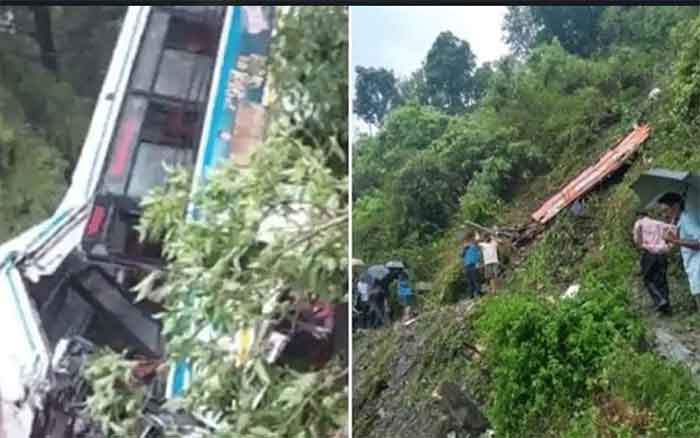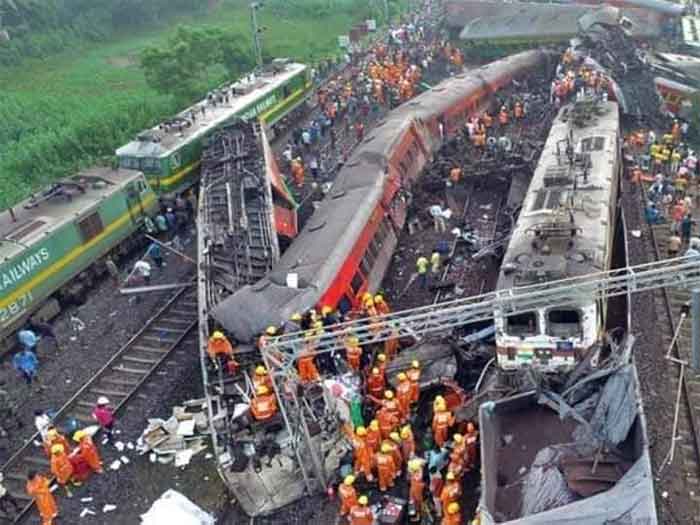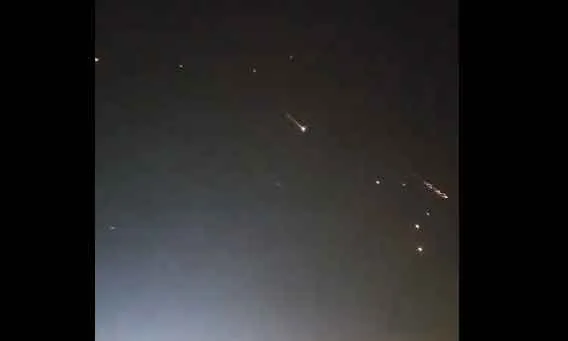
On October 4 a bus carrying a marriage party fell into a deep gorge near Simri in Pauri Garhwal district ( Uttarakhand ). Although local villages rushed for rescue effort followed by a government rescue team, as many as 33 members of the marriage party (coming from Haridwar district ) died while 19 were injured.
While all accidents are tragic because of the loss of human lives and serious injuries, the fact that the distressing news comes very suddenly makes it all the more difficult for near and dear ones. In the case of accidents involving marriage parties, many family members and relatives die at the same time very suddenly, and this can be very shattering for both sides of the marriage.
It is therefore extremely tragic that accidents involving marriage parties are reported quite frequently. These include road accidents, accidents inside ceremonial halls and accidents involving celebrations.
On March 6 2018 , 31 persons belonging to a marriage party were killed in a road accident in Gujarat on Bhavnagar-Rajkot highway. An analysis of reported marriage related accidents in India during just about one week of May 2018 revealed that in about seven separate accidents over 50 people were killed and around 200 were injured.
Such reported accidents are just a small part of the total number of smaller accidents which go unreported or else are reported at a very local level.
On May 10 2018 a long but hurriedly and precariously constructed wall of a marriage hall in Bharatpur (Rajasthan) collapsed, leading to the death of 26 persons and injuries to a higher number of people. The baraat (marriage group from the groom’s side) had not yet arrived, or else the mortality in this accident would have been much higher.
Subsequent inquiries revealed that most of the marriage celebration halls in the state suffer from poor safety conditions but are owned or controlled by influential people.
On May 9 2018 a vehicle carrying a baraat group met with an accident in Khargone district (Madhya Pradesh) leading to the death of 9 persons including the groom while several others were injured.
This turned to be a killer day for baraatis as in another accident near Sheopur in the same state a tractor trolley carrying a marriage party had an accident, killing six persons . 20 other persons of the marriage party including 9 children were seriously injured.
Another bus returning from Satna in this state was taking baratis back to their home when it got out of control . Three persons died immediately while six were reported to be struggling for survival . About 33 others were injured in the same accident.
Earlier on May 5 near Ambikapur (Chattisgarh) two vehicles, both carrying baratis collided, leading to two immediate deaths and serious injuries to 22 others.
In another accident in Patraatu valley in Jharkhand an overcrowded bus carrying baratis was involved in an accident in which 9 persons were killed and ‘several dozen’ were injured. Villagers who spoke at the meeting said that the driver and khalasi (assistant) of the bus were both drunk.
These reports of accidents involving marriage parties within the time span of just one week or so indicate the very high toll of such accidents . The marriage season in India is often concentrated within a few weeks. Hence there is a big demand for marriage halls and vehicles to transport baratis and others during these days. In this situation compromises are often made regarding safety precautions. Even otherwise safety aspects generally get less attention . As regulation on the part of authorities is also low, this increases chances of accidents.
Marriages in India are elaborate and expensive affairs involving a lot of completely avoidable tensions. So people tend to become very tired either from dancing too much or worrying too much. Hence safety can be compromised particularly at the time of return journeys.
Add to this the increasing flow of alcohol in many marriage celebrations. This greatly increases the chances of accidents (as well as ugly scenes) at the time of return journeys in particular.
There is a very absurd but not so uncommon practice of firing guns at the time of marriage celebrations. This sometimes leads to accidental injury or even death.
Some marriage parties carry firecrackers with them as these are used in marriage processions including on busy roads. The transport of a significant stock of firecrackers with marriage parties increases the chance of fire and explosions accidents in vehicles and trains. The use of firecrackers in marriage processions passing on busy roads also increases the risk of accidents.
Any marriage time accident brings great grief very suddenly at a time of celebration and happiness and so can be additionally disruptive and traumatic for all those affected by such an accident. Hence counseling is badly needed for those affected by such accidents but this is seldom available in India.
On a longer term basis such accidents, even smaller ones, can be particularly difficult and traumatic for the young brides (or brides-to-be) who are typically accused of being the carriers of bad luck. Hence help for them is needed from within the community first but later also from authorities if their harassment is prolonged.
Clearly much can be done to reduce the risk of accidents associated with marriages and other such celebratory occasions. On the one hand better regulation of marriage halls and banquet halls is needed. Safe community buildings with essential facilities should be provided by public authorities and community organizations at a low cost. Serving of liquor at marriages should be prohibited. Essentials of safety in this context should be well established, well publicized and implemented strictly.
In addition public campaigns are needed to improve the safety while reducing the expenses and tensions of marriage ceremonies in India. A simple marriage in safe conditions is to the benefit of all concerned. All newly married couples and their families should be encouraged to save unnecessary expenses and donate them instead for some worthy cause which would be the best way of blessing and solemnizing the marriage.
Bharat Dogra has been involved with several social reform efforts. His recent books include When the Two Streams Met, Man over Machine and Adverse Health and Social Impacts of Alcohol.














































